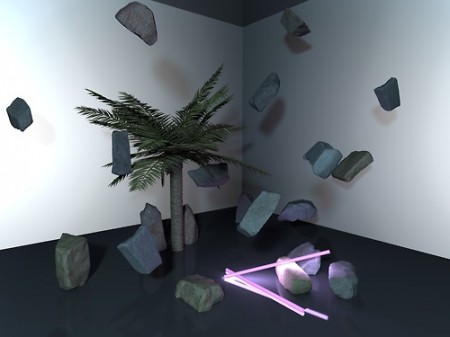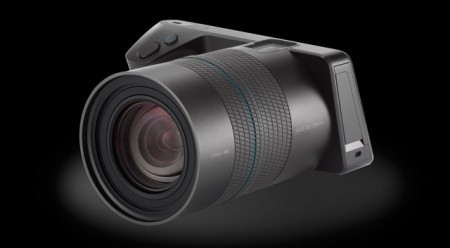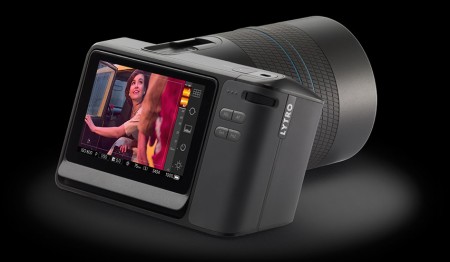Perhaps the biggest kicker of all is the price tag. Looking at a piece of technology as revolutionary as this, you might instantly assume that it’s going to run tens of thousands of dollars. Wrong. It’s being listed at around $1,599 USD, which isn’t exactly cheap, but in the photography field it actually is very affordable. In his original post, Jon finished it off by opening the table for ideas on how this technology could be applied to great effect. One can’t help but think of all the possibilities when you look at technology like this: how would you use the Lytro Illum differently than you would your usual camera? Or, which of your favorite photographers would you like to see use a camera like this?
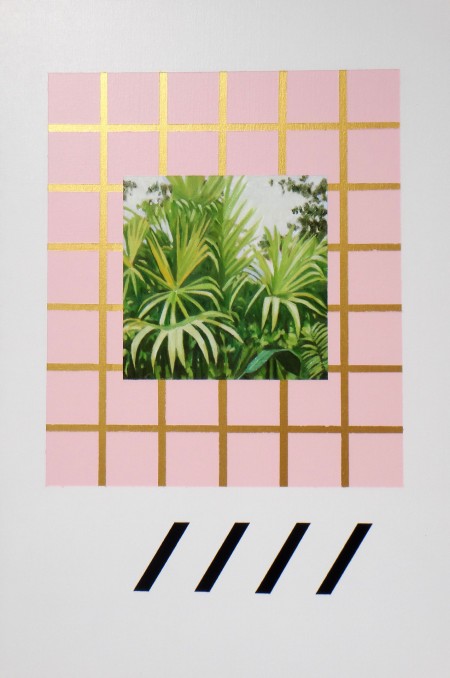

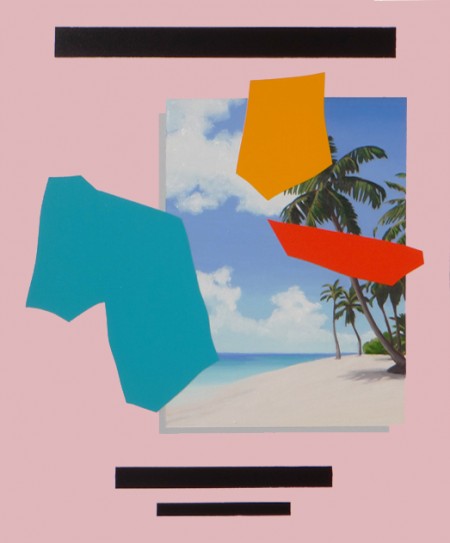
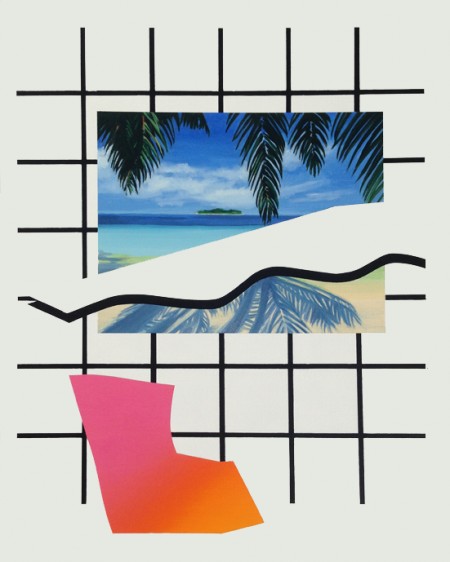
Focusing mostly on oil and acrylics on canvas, Keith Vaughn paints out plain tropical windows that are framed in this early 90s design revival look.
via Keith Vaughn tumblr

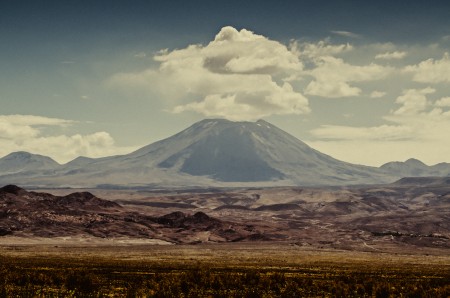
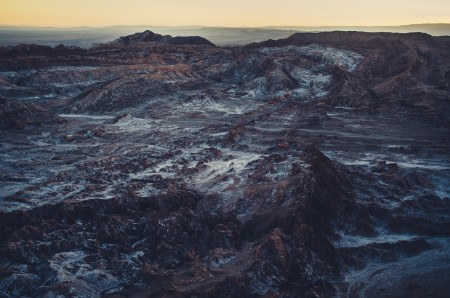
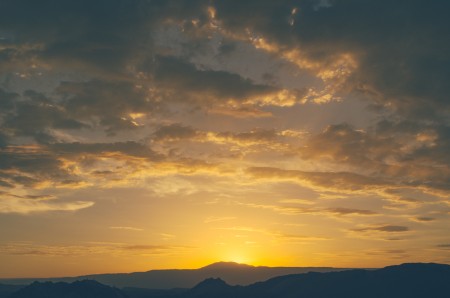
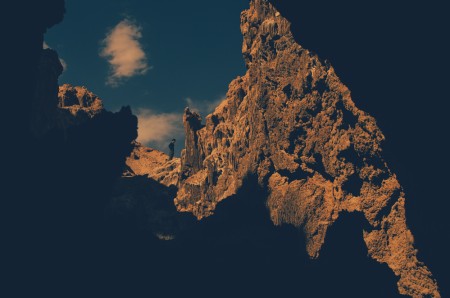

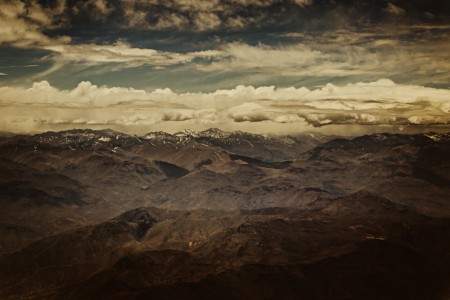


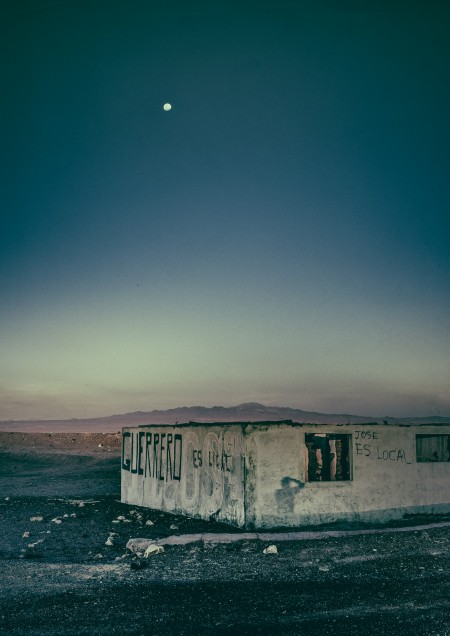

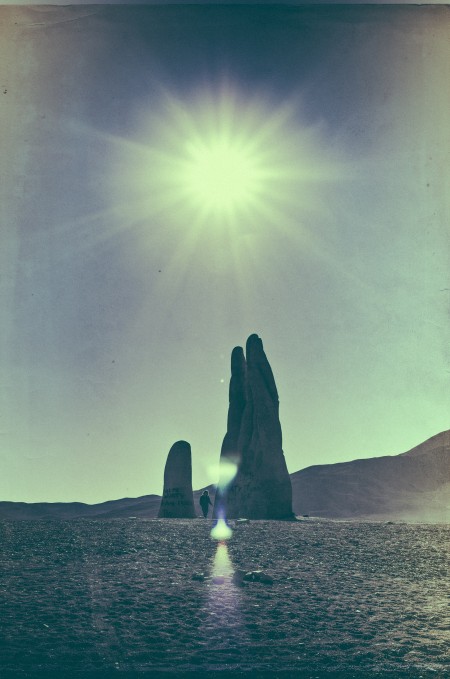
A few images from my travels through Chile this past December. Featured here are locations in the Atacama Desert, including Valle de la Luna, Salar de Atacama and Mano del Desierto. There are also two images from Santiago, which happen to be the final shots I captured with my D600 before having it taken from me at knifepoint a couple days later in Valparaiso. Fortunately, I had a back-up camera and was able to capture the trip north into the Atacama.
For more photos of my travels through Chile, you can visit my new portfolio (filtered for Chile): http://circa1983.ca/Chile
Posted by: Owen

Lately i’ve been making Heathered Pearls material and just been trying to stay away from any influences but I keep diving into this ambient vocal dub. A lot of the material I go back to is always pretty lo-fi and almost New Age, seems like comfortable route to follow and explore. Here’s 4 tracks I found yesterday that grabbed my ear to help you get a better sense, some even have free downloads!
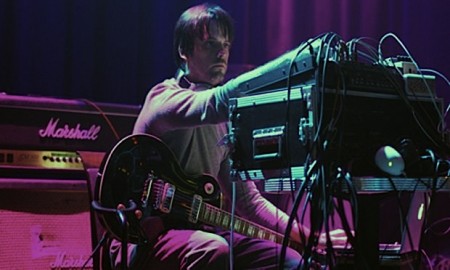
If you had to give me one musician to listen to for the rest of my life i’d probably settle on Casino Versus Japan even to this day. Here is part 2 of ISO50 Classic albums, the defining collection of what shaped the beginnings this blog. Glad to see you enjoyed the Yagya even if it was a repeat listen.

Since the blog has been around since 2007 and its not always focused on new music I want to start a ISO50 Classics series where I share some of the albums that I think represent the blog perfectly. First, is Yagya “Rigning“, if you’re not familiar then you’re lucky to enjoy that first experience with it. Its like Gas but floating slightly higher off the surface. If you have listened to this album, share some favorites or stories, for me I would fall asleep to this album in an amber lit room and wake up half way through and just couldn’t imagine not owning it and relying on it.
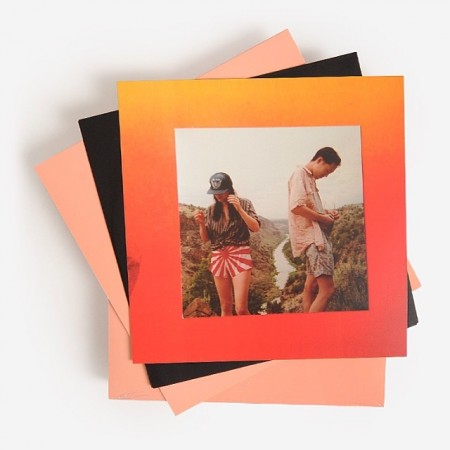
Pronounced Hate-Rock, this duo is like a shoegaze version of Sade, in love with this LP.
Psychic 9-5 Club marks the beginning of a new chapter for HTRK. It’s an album that looks back on a time of sadness and struggle, and within that struggle they find hope and humour and love. It’s Jonnine Standish and Nigel Yang’s first album recorded entirely as a duo—former band member Sean Stewart died halfway through the recording of their last LP, 2011’sWork (Work Work).
Though the record is instantly recognisable as HTRK—Standish’s vocal delivery remains central to the band’s sound, while the productions are typically lean and dubby—they’ve found ample room for exploration within this framework. Gone are the reverb-soaked guitar explorations of 2009’s Marry Me Tonight and the fuzzy growls that ran through Work (Work Work). They’ve been replaced with something tender, velvety and polished. This is HTRK, but the flesh has been stripped from their sound, throwing the focus on naked arrangements and minimalist sound design.
The album was recorded at Blazer Sound Studios in New Mexico with Excepter’s Nathan Corbin, who had previously directed the video clip for Work (Work Work) cut “Bendin.” Inviting a third party into their world was no easy decision, but in Corbin they found a kindred spirit. The LP was then refined and reworked in Australia at the turn of 2013, before the finishing touches were applied in New York during the summer.
Of all the themes that run through Psychic 9-5 Club, love is the most central. The word is laced throughout the album in lyrics and titles—love as a distraction, loving yourself, loving others. Standish’s lyrics explore the complexities of sexuality and the body’s reaction to personal loss, though there’s room for wry humour—a constant through much of the best experimental Australian music of the past few decades.
Standish explores her vocal range fully—her husky spoken-word drawl remains, but we also hear her laugh and sing. Equally, Yang’s exploratory production techniques—particularly his well-documented love of dub—are given room to shine. They dip headlong into some of the things that make humans tick—love, loss and desire—with the kind of integrity that has marked the band out from day one. Psychic 9-5 Club is truly an album for the body and for the soul.
SUPPORT PHYSICAL / DIGITAL
